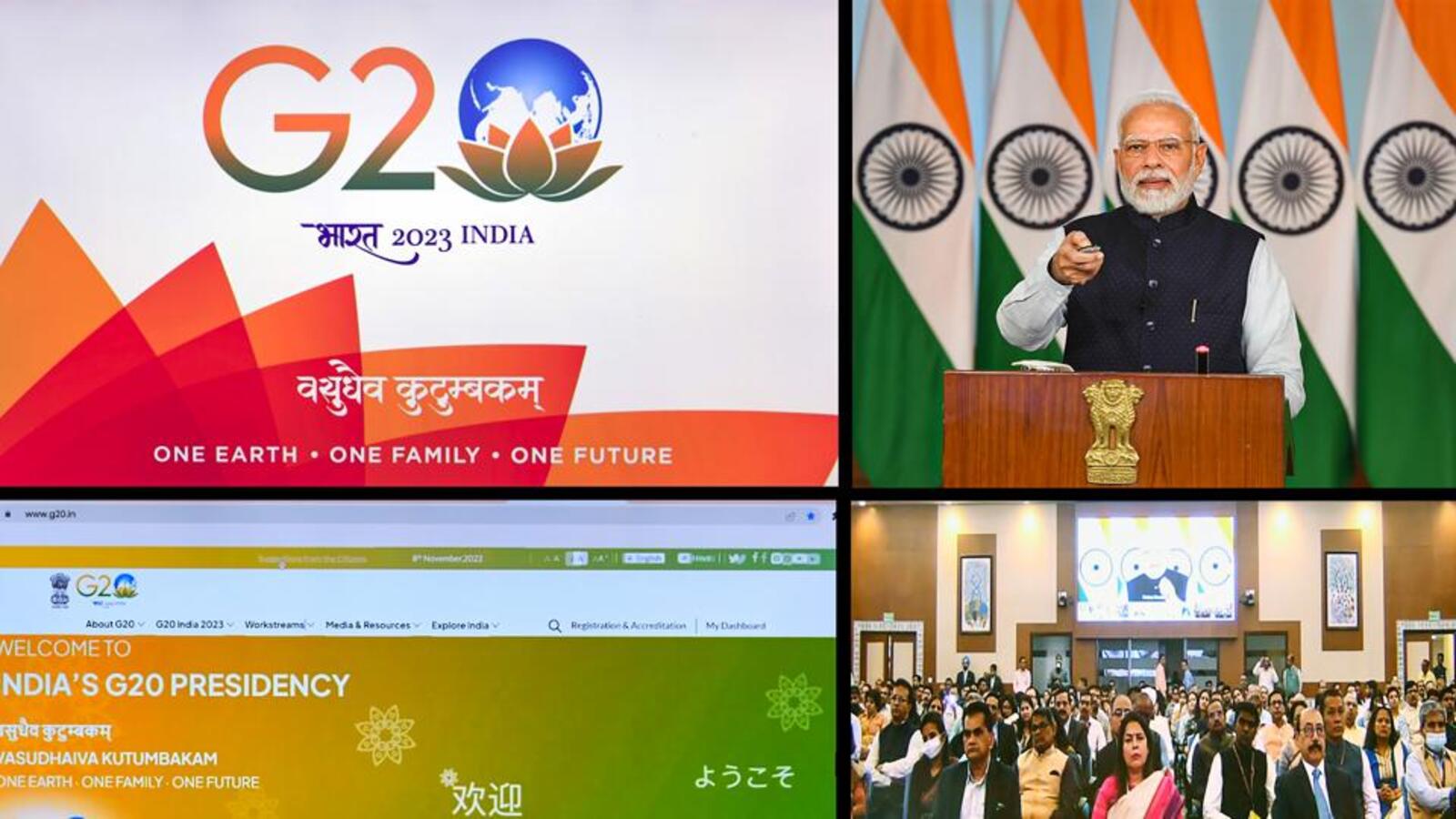India will be the voice of the Global South, which is typically underrepresented in such fora, according to EAM S Jaishankar, who was speaking on December 1 as India assumed the chairmanship of the G20 group of nations for the years 2022 to 2023.

Global South
- Since then, the phrase has been used numerous times, most notably when Jaishankar stated of ongoing international crises that “polarisation may occur elsewhere, the people who suffer most are the Global South.”
- The terms “Global North” and “Global South” are used to describe a broad range of nations, including the United States, Canada, Europe, Russia, Australia, and New Zealand.
- The ‘Global North’ and the ‘Global South’ are the two sides of a binary difference.
- The practise of grouping nations into broad groups for simpler examination has long been used in the study of international political systems.
- One illustration of this is the idea of “East” and “West,” with the Western nations typically denoting greater levels of economic development and wealth among their citizens.
- Eastern nations were thought to be going through this transformation.
Other such categorizations
First World, Second World, and Third World nations are categorised similarly.
It made reference to nations related to the US, USSR, and non-aligned countries alliances from the Cold War era.
The concept of the “third” world highlighted how distinct it was from both the “first,” or the capitalist West, and the “second,” or the socialist “East.”
World Systems Approach
- The World Systems approach, which sociologist Immanuel Wallerstein introduced in 1974 and emphasises an integrated perspective of looking at global politics, is at the core of these ideas.
- He claimed that there are three main production zones: the core, the periphery, and the semi-periphery.
- Being the proprietors of cutting-edge technologies, such as the US or Japan, the core zones make money.
- On the other hand, industry in peripheral zones is less complex and requires more labour.
- India and Brazil are examples of nations in the centre.
Need for new terms
(1) Global shift of powers
- The First Era/Third World distinction was no longer applicable in the post-Cold War world.
- This is so because most nations were forced to form some sort of alliance with the capitalist US, the last remaining superpower, when the communist USSR collapsed in 1991.
(2) Monolithic classification
- The East/West dichotomy was thought to frequently support preconceived notions about Asian and African nations.
- It was considered oversimplistic to lump together so many extremely distinct nations.
- Additionally, it was believed that classifying certain nations as “developed” while others weren’t was too broad and unsuitable for addressing issues.
(3) Issues with Developed vs. Developing
- From the standpoint of his company’s charitable endeavours, Bill Gates wrote on the “developing” label in 2014.
- Any category that combines China and the Democratic Republic of the Congo confuses more people than it clarifies, the irony was discovered.
- Some supposedly developing nations have advanced to the point where it is reasonable to say they have developed.
- Several failing states are barely progressing at all. The majority of nations fall somewhere in the middle.
Emergence of Global South
- Colonial past: The South’s countries have a lot in common, including a history of colonisation that was mostly carried out by European powers.
- Having no voice since decolonization It’s interesting that the region has historically been excluded from important international organisations, such as the UN’s permanent membership.
- Awareness of decision-making: These nations view their absence as a factor in their slower progress because organisations like the UN and the IMF are involved in key decisions that have a global impact on politics, the economy, and society.
- Economic emergence: Over the past 20 years, China and India have experienced strong economic growth.
- Declining US hegemony: Many believe that today, rather than having the US alone control international events, the globe is becoming multipolar.
- Climate reparations: The Northern nations, who have historically contributed to higher carbon emissions, are now being discussed as paying for funding green energy.
Criticism of the classification
- Not many players: The South merely seeks to displace the North and the positions it holds, reinforcing a cycle in which a few few nations amass critical resources.
- More of a China vs. India rivalry The topic of whether elites from the global South and “emerging powers” actually intend to challenge the dominant institutions of global capitalist development is currently the subject of much debate.
- Anti-china bias: The broad Belt and Road Initiative finally evolved from China’s hesitant “going out” approach at the turn of the century.Where does India stand?
- No more sexism in the diplomatic community, EAM S Jaishankar Rebuilding a worldwide trade union against the North is not India’s goal.
- India is eager to act as a link between the North and the South by emphasising pragmatic results rather than resuming previous ideological conflicts.
Challenges
- Political consistency: India’s excitement for the Global South has always lagged behind its material might and political will.
- Building bridges between the neighbours: India must also accept that the Global South is not a cohesive entity with a single common objective.
- Despaired South: In terms of money and power, needs and capacities, there is a lot of diversity within the South today.
- The Global South’s numerous internal and regional crises during the Cold War era weakened India’s Third World policy (and the Non-Aligned Movement).
Way forward
- More neighbourhood involvement: Supporting the Global South now will necessitate more active Indian participation in the complex regional politics of the developing countries.
- Political coherence: There won’t be a conflict between the simultaneous pursuit of universal and specific aims if India can turn this aspiration into effective policy.









